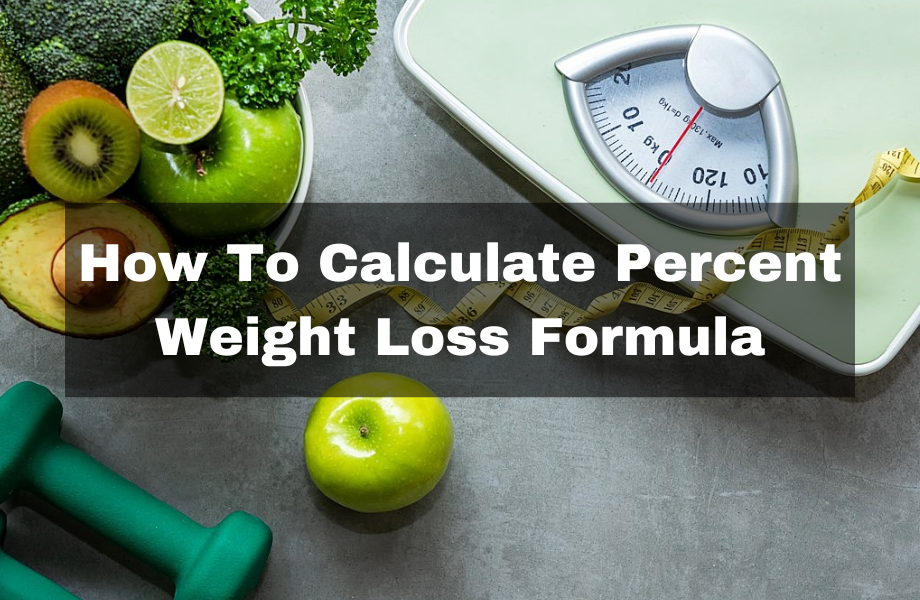There are some things in life we just don’t want to hear in the same sentence. Using math and losing weight. However, when you learn the percent weight loss formula, you actually may end up liking math more than you think. It’s an easy tool to not only keep track of progress but also help you stay on track.
There are a few different solutions and formulas, so let’s go over all of them and what may be useful to you.
How to Calculate Percent Weight Loss
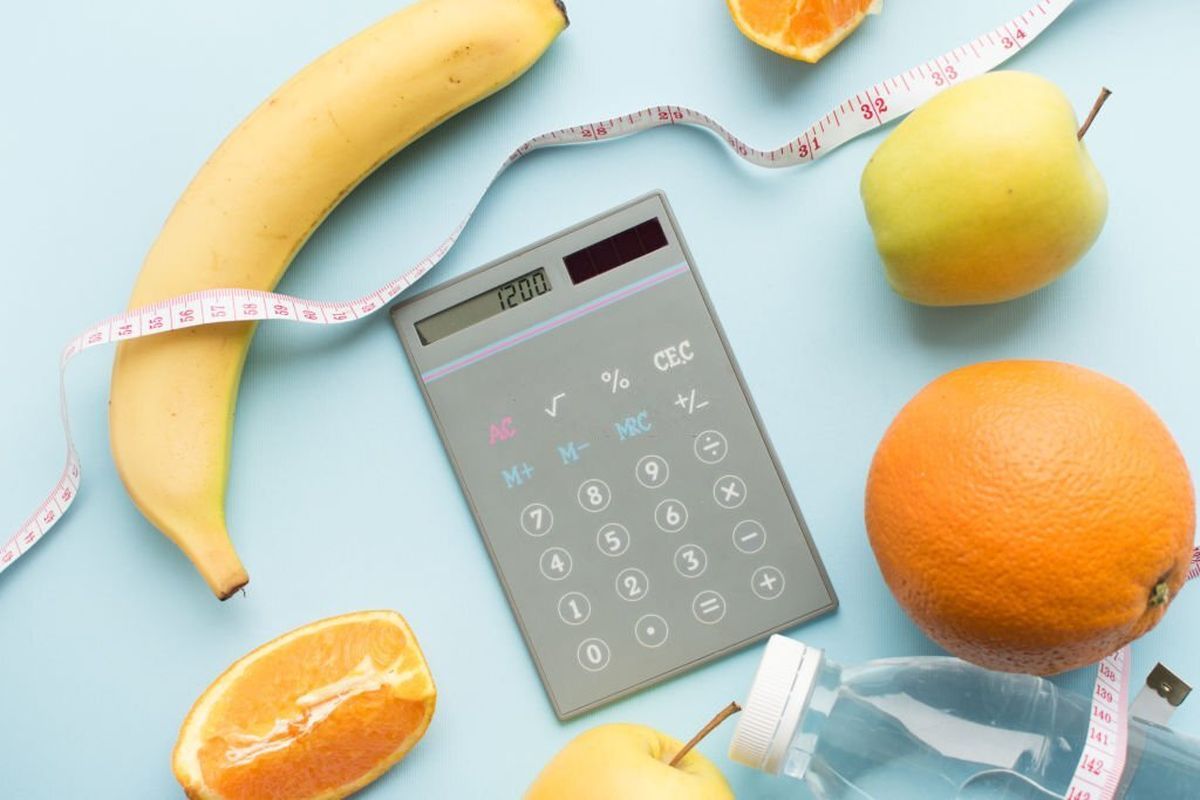
Calculating percent weight loss is not difficult. Here is the formula.
Take the number of pounds you have lost and divide them by starting weight you were at. Then you will multiply that number by 100. This is the percentage of weight you’ve lost.
Let’s look at an example.
Starting Body Weight: 175 pounds. Pounds Lost 10.
10/175 = 0.057 X 100 = 5.7%
That’s it. So why do we use it? People enjoy this method or approach because it’s a more individualized look at weight loss. Instead of focusing on pounds lost, you are focusing on a percentage that is unique to you.
Now let’s talk about safe weight loss and how you can use this to make healthy weight loss goals.
Healthy Weight Loss

There are many different reasons to want to lose weight. There is a physical aesthetic appearance as long as it is healthy and then there is a physical health benefit as well. You can look and feel better. This also produces a healthier mindset for many. So what does healthy weight loss look like?
The CDC has noted that 5-10% body weight loss can produce significant results in lowering your blood pressure, cholesterol, and blood sugars. This percentage also will be noticeable to the eye.
If you weigh 200 pounds, 10% of that weight is 20 pounds. That’s significant weight loss. But how soon can you expect to reasonably shed off these pounds?
More Math with Calories
A pound is 3,500 calories. So in order to lose a pound you have to burn 3,500 calories plus whatever you eat in a day.
In general, women are recommended to eat 2,000 calories a day while men are recommended to eat 2,500 calories a day (1). Women burn on average 1,600 to 2,400 a day while men are estimated to burn between 2,000 to 3,000 per day. However, this is a general estimate and can change significantly based on a number of things.
- Younger kids and teenagers may need significantly more calories than older adults. Their metabolisms are different and faster burning more energy.
- If you have an active lifestyle you need to refuel your body appropriately.
- Your actual body weight and size will impact how quickly you burn energy and how quick your metabolism is.
So, then what are some general guidelines for how quickly you can burn an appropriate amount of body weight percentage?
Most health organizations would agree that a person can safely lose 1-2 pounds a week or 4-8 pounds a month depending on how responsive their body is. If you are going to lose a pound per week you would need to have a deficit of 500 calories a day after exercise and food intake.
If you were going to try to do two pounds a week you would need to double that number and have a deficit of 1,000 calories per day.
Not All Calories Are the Same
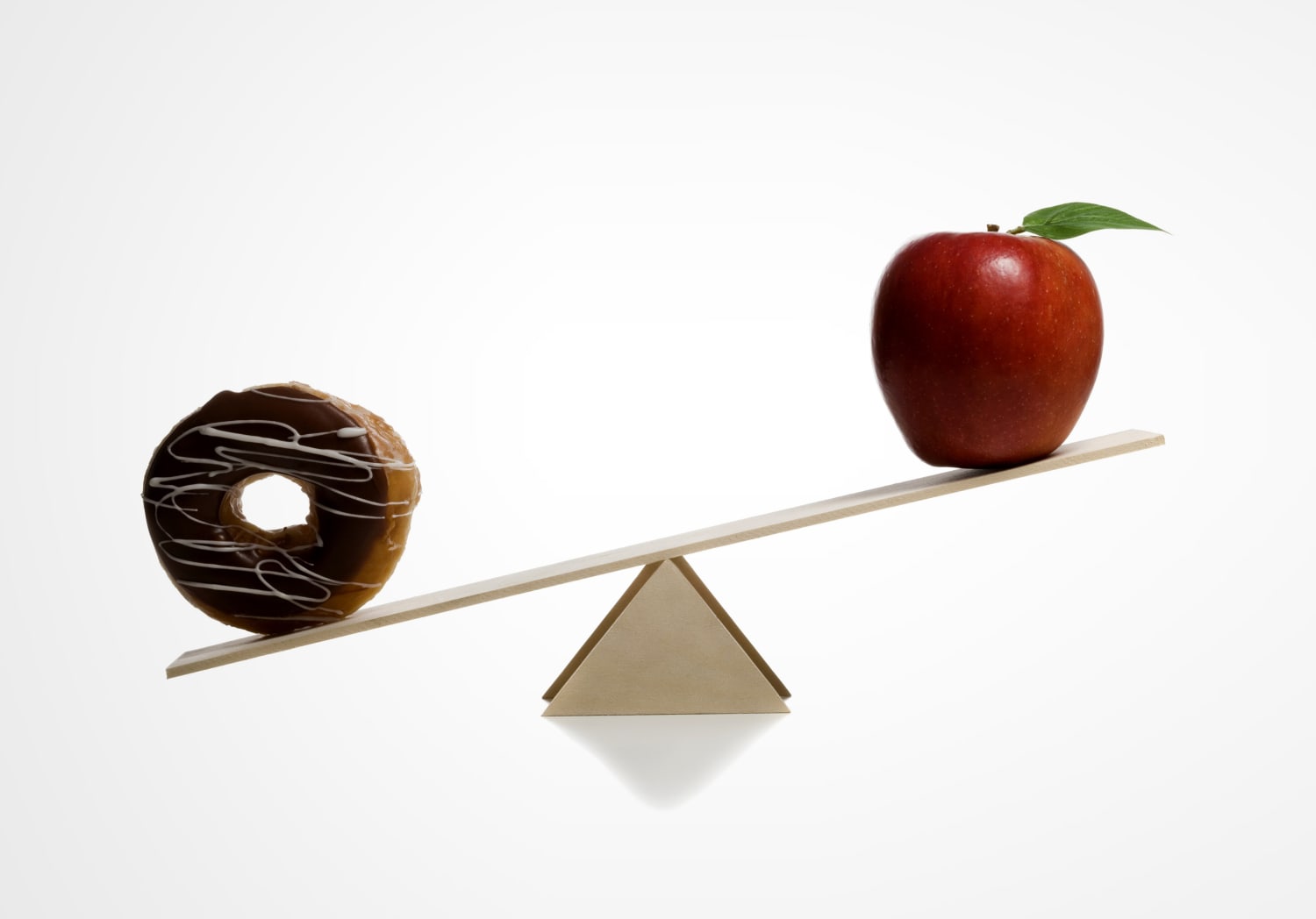
You may have heard this before but not all calories are the same. Knowing what calories will help with your weight loss journey will make things a lot easier. Here are a few pointers that you will want to consider. (2)
- Calories have different metabolic effects. This means they may be digested slower or harder to break down in some situations than others.
- Fat and cholesterol are two things to watch out for with weight gain. They are also the leading causes of stroke or heart disease. Too much-saturated fats and high-cholesterol foods should be eliminated or cut back from your diet.
- Processed carbohydrates and sugar which were used to replace fats ultimately are worse than natural fats. These calories add up quickly, serve little to no nutritional value, and keep be harder to burn off.
- Healthy fats like avocado, olive oil, and nuts, are good for you to incorporate into your diet. They are processed and our bodies need natural fat to survive. That’s why fat-free labels are not always the solution either.
What Is the Deal With Diets?
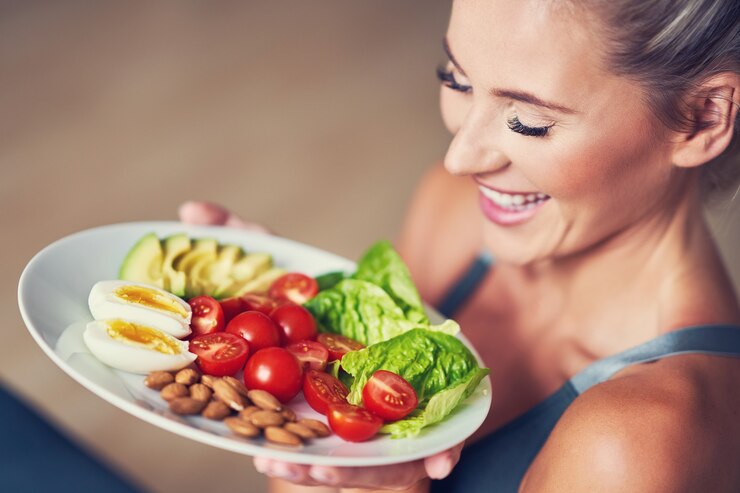
Diets and weight loss programs are popular go-to methods that help with weight loss since not all calories are the same. When you combine the right healthy eating or diet with exercise, you can quickly and healthily lose weight. Getting started is usually the hardest part. You can check out a number of our other blogs going over some common diets like the three-egg diet.
Not all diets are sustainable long-term which is why we have some general guidelines if you want to lose weight.
- Stick to lean proteins like turkey, beef, eggs, fish, and chicken.
- Eat tons of dark leafy greens for your vegetables. These will provide you with important B vitamins that assist in your metabolism function. (Check out vitamins for metabolism)
- Don’t eliminate carbs completely. You can eat whole-grain carbs like brown rice, barley, and quinoa.
- Legumes are a great addition to your diet.
- Cottage cheese is the best dairy you can add for calcium but ultimately minimizing dairy intake is a good idea for weight loss.
How to Calculate Weight Loss Percentage in Kg?
Kilograms are a metric that is widely used outside of the U.S. Nonetheless it is easy to find out your weight because first you just need to convert pounds to kilograms and then do the exact same formula you do for pounds.
1 pound = 0.453502 kilograms.
10 pounds = 4.54 kilograms rounded
So if you weigh 200 pounds you will weigh 90.72 kilograms rounded. If you lost 1 kilogram the equation goes as follows.
1 kilogram/90.72 kilgramd = 0.01102 x 100 = 1.1 percent.
How Does Water Weight Impact Results?
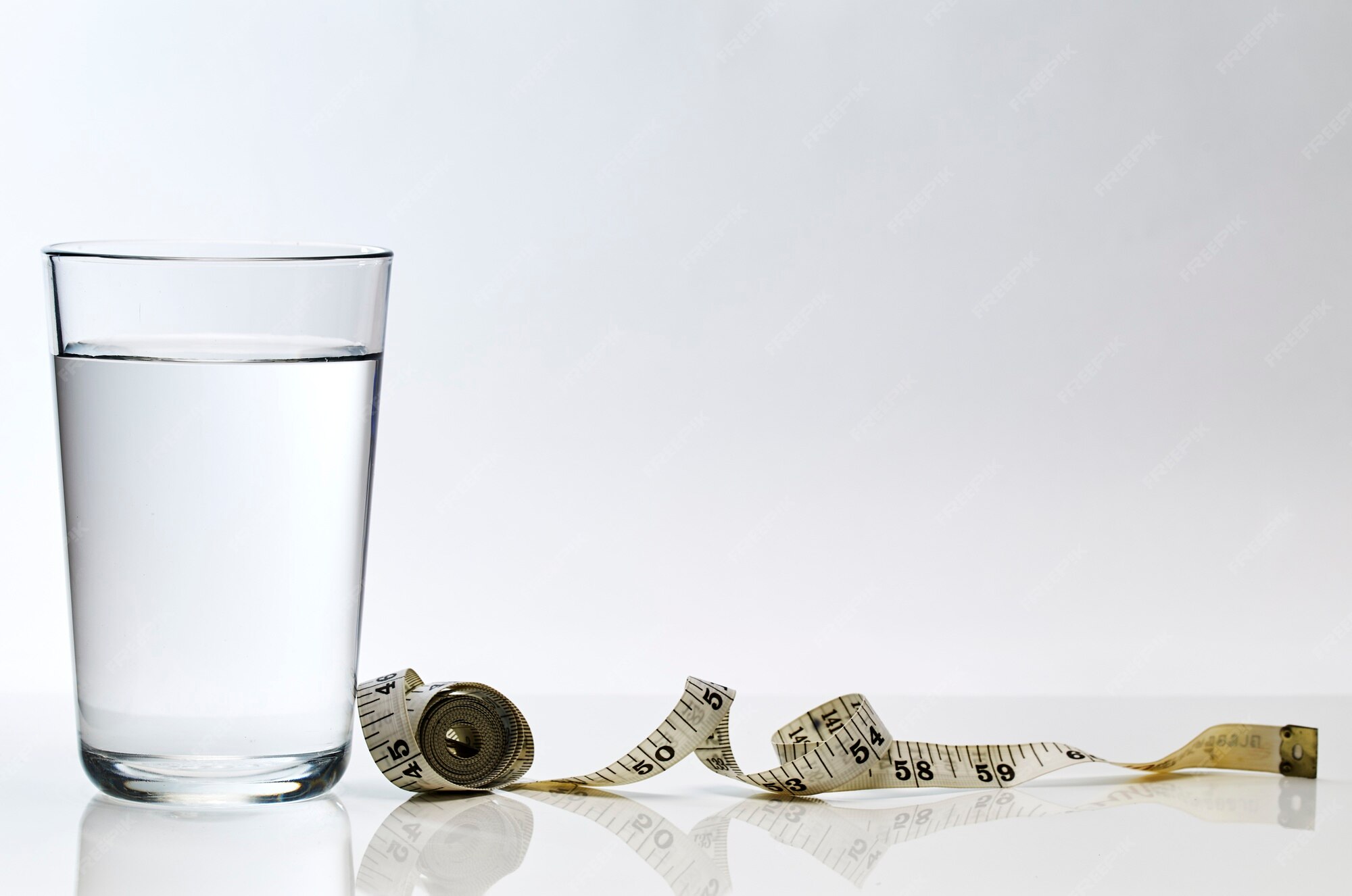
Water weight is the amount of weight that your body holds from fluid retention. Sometimes we are more bloated than others and this can be incredibly present in women. Water weight however is the real weight that many are quick to dismiss. When we have higher intakes of salt or sodium, our bodies tend to hold onto more water.
If we are dehydrated our body may hold on to more water which is why staying hydrated can actually help you let go of some water weight. The morning is the time of day that is usually recommended to get weighed because the least amount of water is held after going to the bathroom.
In general, this is something you don’t have to be incredibly concerned about as it balances itself out over the long term. Focusing on weight from muscles and fat is a lot more important.
Keep It Simple
The best way to figure out what makes sense for you is to start experimenting. You won’t know exactly how easy or hard it is for you to lose weight. It may be unrealistic for some people to lose 10 percent of their body weight in a month because of a number of different factors.
Start by setting a modest two-week goal of 5 percent of your body weight. Every time you hit a goal you will have to modify a new goal because you are always using your initial body weight. Writing down numbers is the best way to keep track of your body weight, percentage loss, and even your input versus your output in calories.
Don’t be shocked if you find your body weight fluctuating at first. Water weight plays a significant role. Measuring your body weight in the morning is best for consistent results.
References
- https://www.nhs.uk/common-health-questions/food-and-diet/what-should-my-daily-intake-of-calories-be/#:~:text=Generally%2C%20the%20recommended%20daily%20calorie,women%20and%202%2C500%20for%20men.
- https://www.health.harvard.edu/blog/theres-no-sugar-coating-it-all-calories-are-not-created-equal-2016110410602
